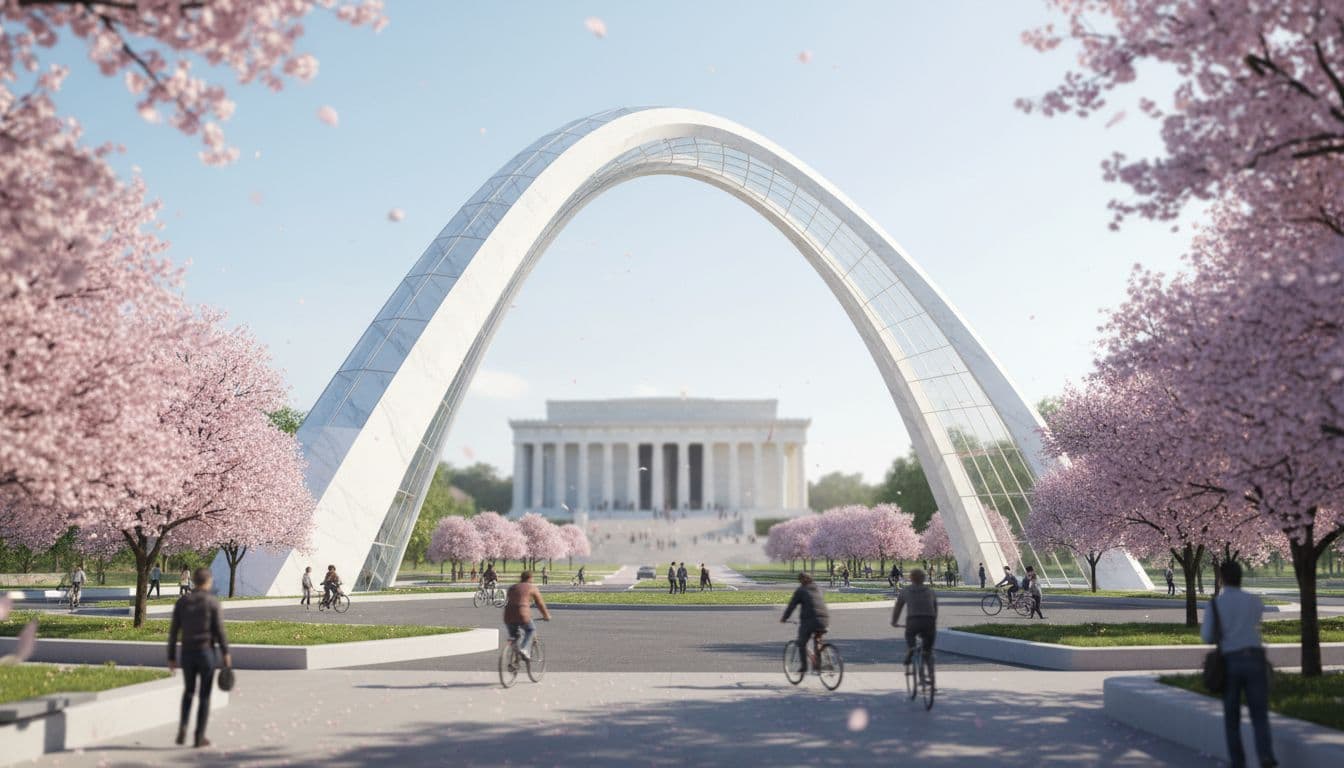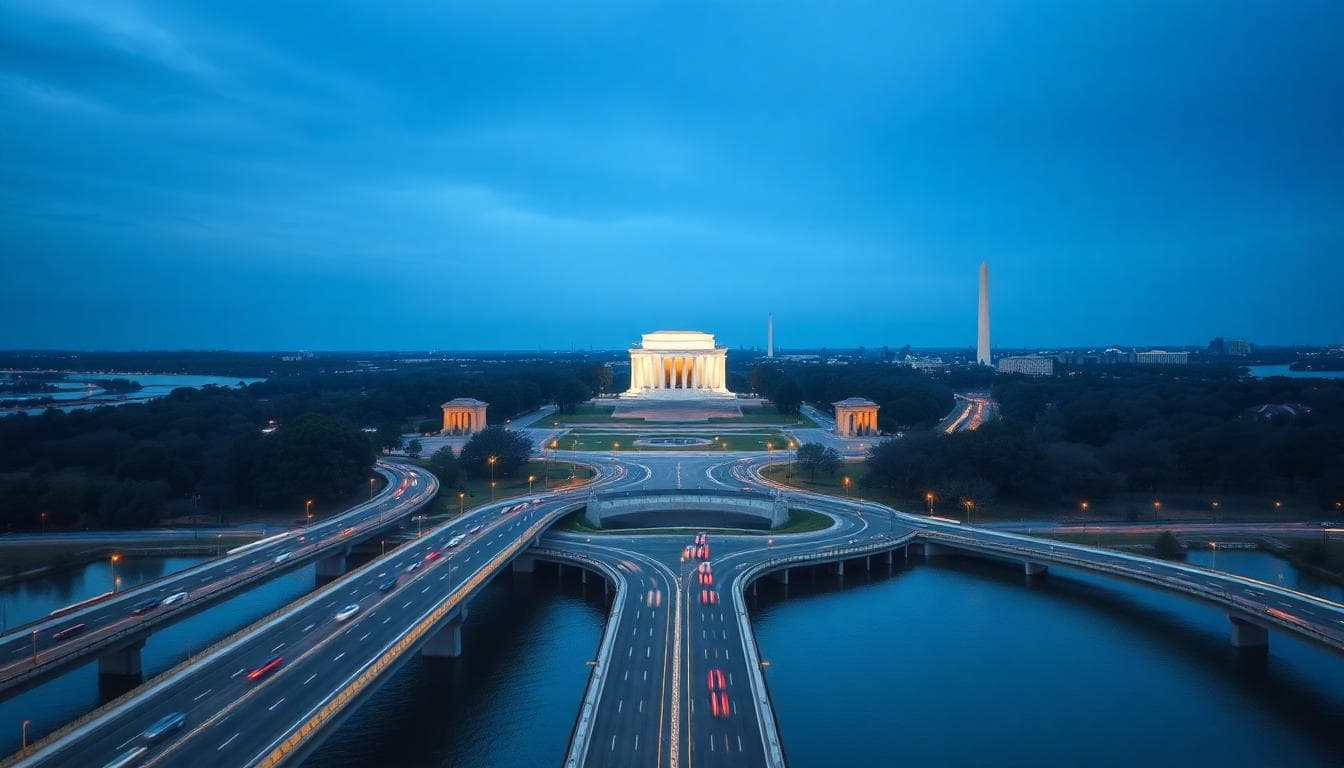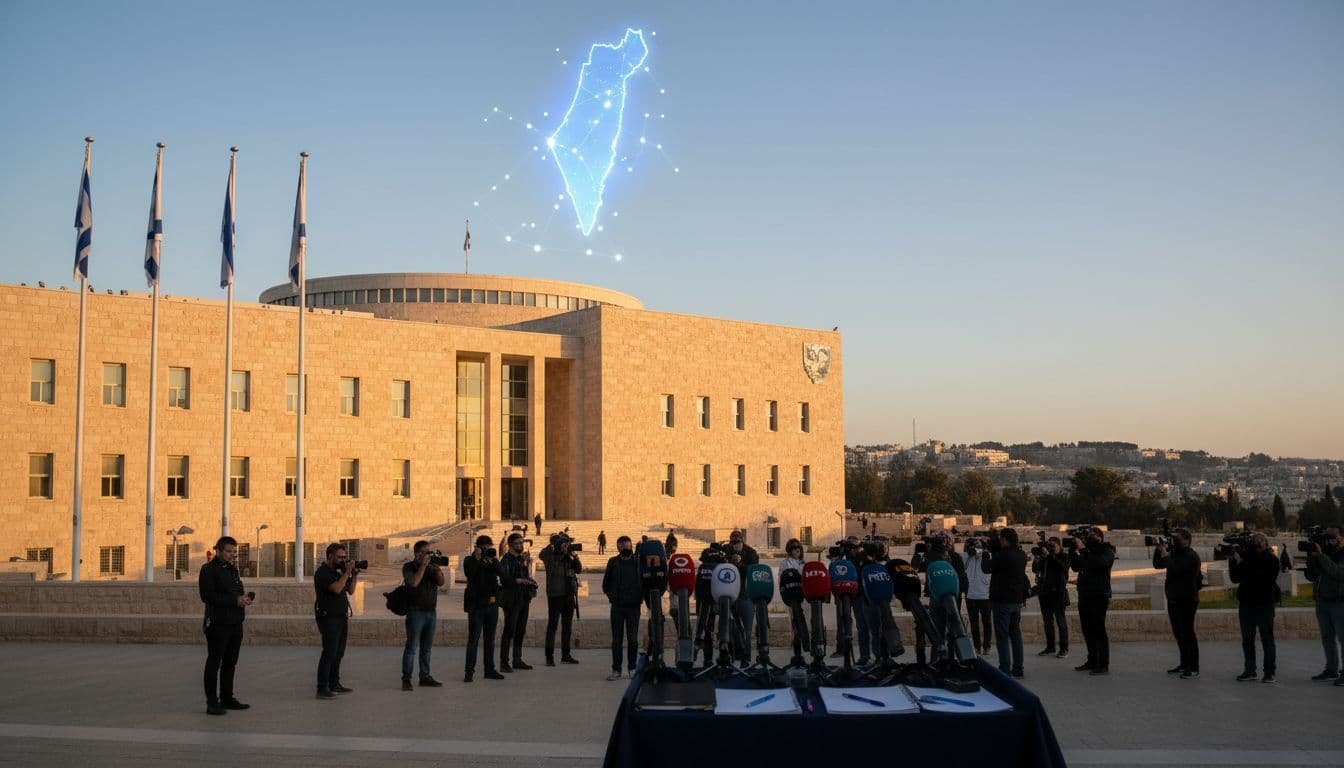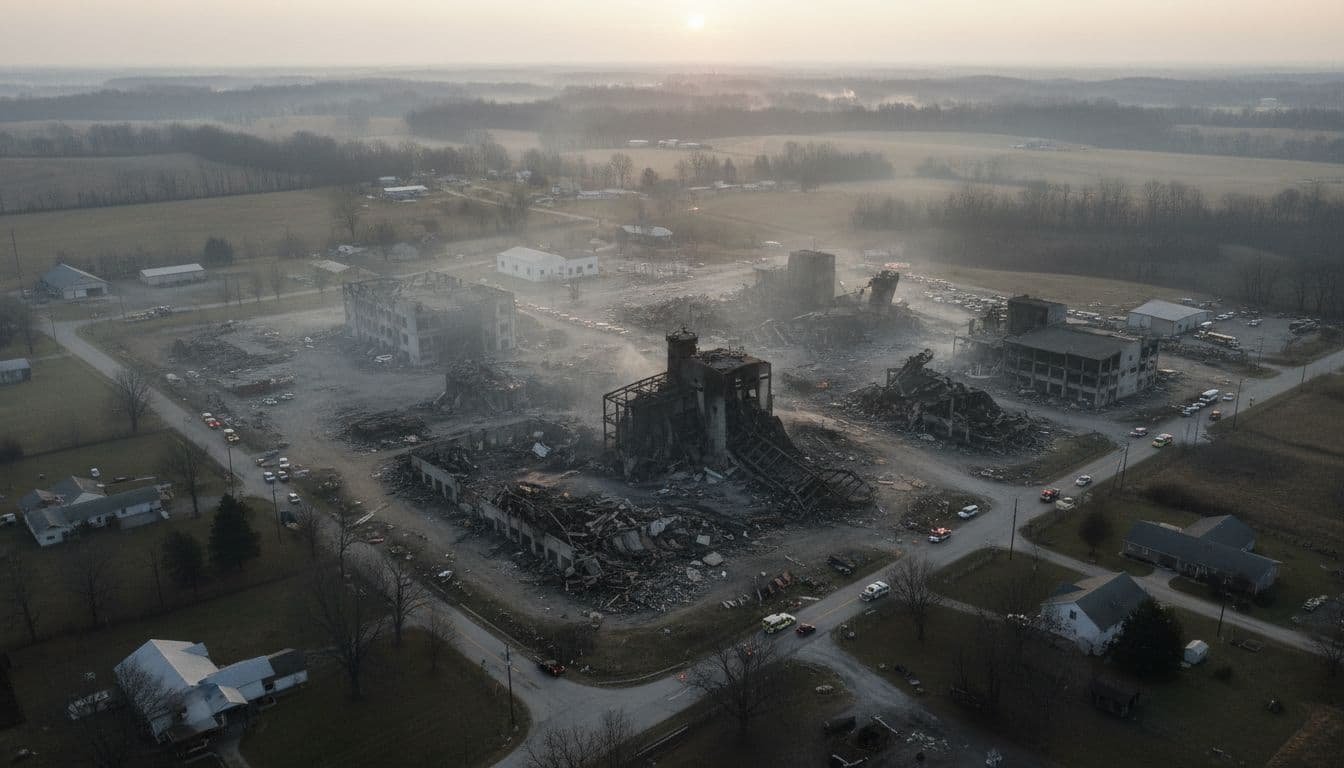President Donald Trump unveiled a proposal for a grand arch in Washington, D.C., which he presented as a signature gateway to the capital. The project, informally nicknamed the “Arc de Trump,” would sit near Arlington Memorial Bridge and the Lincoln Memorial, marking an entrance into the city from northern Virginia. The plan comes alongside other high-profile renovations and additions tied to the White House and surrounding grounds.
At a private dinner, Trump described a large, neoclassical structure topped with a gold figure. He shared 3D models and spoke about the location’s symbolism. He framed it as a statement piece that would “complete” a circle long imagined for a landmark. The idea has already sparked debate about scale, symbolism, and the role of private money in public monuments.
What Is Being Proposed
The arch, according to Trump’s remarks and shared visuals, would be a monumental, triumphal-style structure placed as a ceremonial gateway. The design includes a gold-toned allegorical statue at the top, a broad opening for traffic sightlines, and stone cladding to match the classical look of nearby memorials. He suggested the structure would anchor the end of Arlington Memorial Bridge and frame views toward the Lincoln Memorial.
Supporters see a bold civic gesture. Critics see a vanity project. Either way, the proposed siting makes the plan consequential. The bridge, the Lincoln Memorial, and the approach from Virginia carry heavy historical and visual weight. Any new landmark in that corridor will face intense design review, legal scrutiny, and public comment.

Context: Renovations and Private Funding
The arch concept follows a series of renovations and additions connected to Trump’s second term. He has touted a new ballroom project at the White House, and other aesthetic changes around the grounds. The arch, while not a White House feature, would be an even larger public presence if it advanced beyond concept.
Trump has emphasized private funding for related projects. If the arch depends on private money, that raises questions about stewardship, naming, long-term maintenance, and control. Even with private funding, public approvals would be extensive, because any project in or near the monumental core intersects with agencies like the National Park Service, the Commission of Fine Arts, and the National Capital Planning Commission.
Design and Urban Impacts
Placing a triumphal arch at a major approach is not new in urban design. Paris, Barcelona, and New York have examples that frame civic views and serve as anchors for plazas. The challenge in D.C. is scale and context. The Lincoln Memorial axis is iconic. Any structure introduced into that view corridor must respect sightlines, traffic flow, security, and crowd management.
Key considerations if the proposal proceeds:
- Siting and views: The Lincoln Memorial, the Reflecting Pool, and the Washington Monument form a fragile visual sequence. The arch’s height, massing, and lighting would need careful tuning to avoid overpowering those anchors.
- Traffic and safety: The traffic circle and bridge approaches are busy. Pedestrian and cyclist routes would need protection, clear crossings, and barriers that fit the design.
- Materials and maintenance: Stone cladding and a gilded figure would demand ongoing care. Weather, pollution, and vibration from traffic all matter.
- Night lighting: Washington’s monuments rely on subtle lighting. Overly bright or colored light could clash with the city’s lighting plan.

Public Reaction and Political Debate
Reactions so far are mixed. Supporters applaud a bold landmark that could draw visitors and stamp a new era on the capital’s skyline. Opponents call it self-promotional, expensive, and out of step with the city’s restrained monument style.
Expect debate on cost, naming, and symbolism. Who pays to build and maintain it? What values does it express? How does it connect to the nation’s story? Those questions will shape public hearings and editorial pages if the concept evolves into a formal submission.
Approvals and Timeline
For any major structure near the National Mall, approvals are complex. Even a privately funded gift typically needs reviews on design, environmental impact, traffic, and security. That process can take years, with multiple design iterations and public meetings. If sponsors seek to fast-track it, expect legal challenges and stronger scrutiny.
In short, even with influence and funding, the road from concept to construction is long. Early renderings are a starting point, not a guarantee.

Potential Benefits If It Moves Forward
- Tourism: A new landmark could attract visitors and tour revenue.
- Public space upgrades: If designed well, the circle could gain safer crossings, seating, and landscaping.
- Cultural programming: The site could host ceremonies and seasonal events.
- Civic identity: A gateway piece can frame the arrival experience and reinforce the city’s classical plan.
Risks and Trade-offs
- Visual competition: A large arch might dominate the Lincoln Memorial approach.
- Cost and upkeep: Gilding, stone, and lighting drive long-term expenses.
- Security impacts: Barriers and screening may clutter the design.
- Precedent: A high-profile exception could invite more large proposals in sensitive zones.
What to Watch Next
Look for signs that the concept is moving into a formal channel: a design team announcement, filings with planning commissions, or a public brief. Watch for updated renderings, height studies, traffic plans, and lighting mockups. Those details will reveal whether this is a serious proposal or a symbolic gesture.
Bottom Line
The “Arc de Trump” concept is grand, provocative, and certain to be contested. It raises real questions about design, context, and public stewardship in America’s symbolic heart. If it advances, the most successful outcome would balance ambition with respect for Washington’s carefully composed monumental core. That means scale restraint, clear pedestrian safety, and lighting that enhances, not overwhelms, the memorials we already have.
To contact us click Here .







